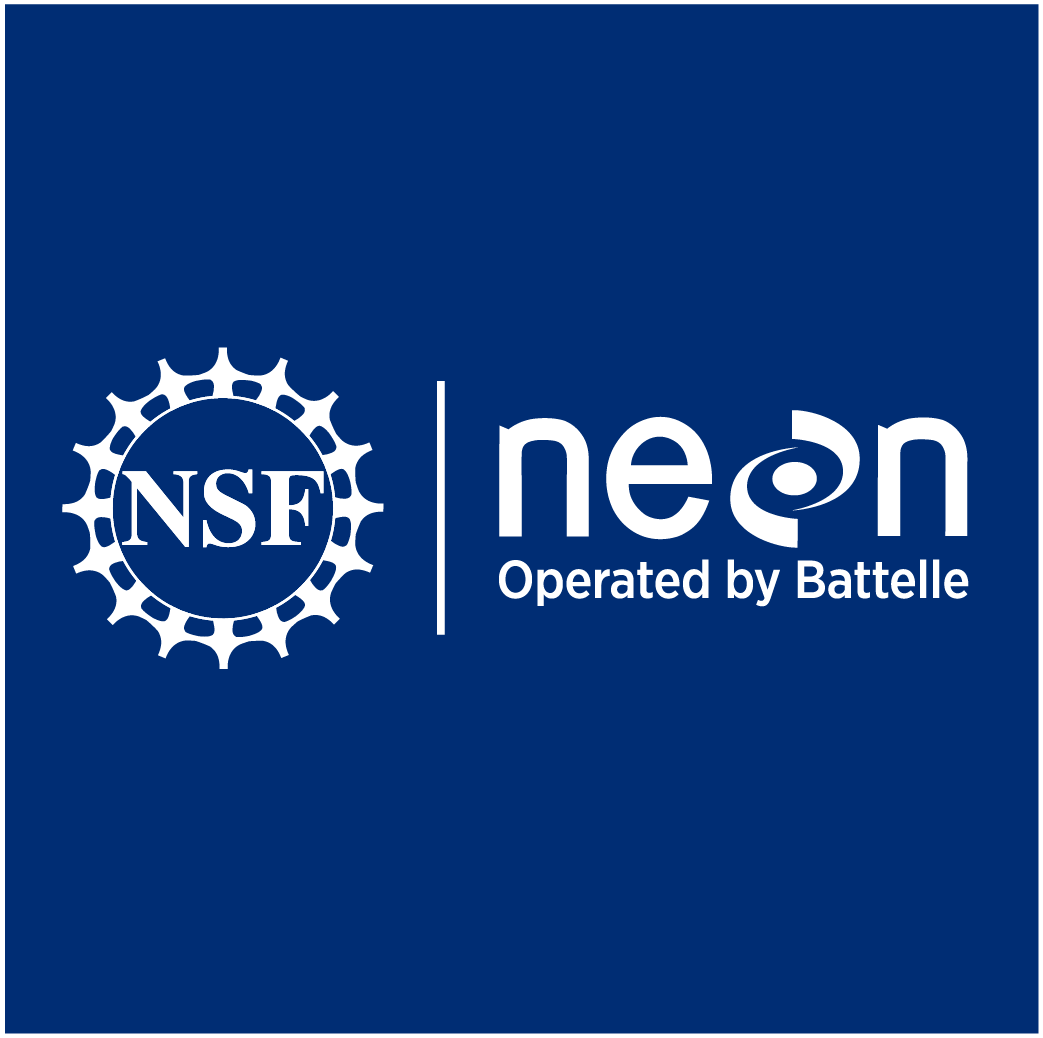NEON Data in the Classroom: Using the QUBES Platform and Faculty Mentoring Networks to Build, Adapt, and Publish Data-Driven Teaching Resources
Author(s): Kusum Naithani1, Megan A. Jones2, Kristine Grayson3
1. University of Arkansas 2. National Ecological Observatory Network 3. University of Richmond
1227 total view(s), 435 download(s)
Summary:
The NEON FMN has been offered for three semesters with 37 faculty participating, resulted in a wide variety of new and adapted modules being publicly available.
Description
- The integration of data-centric teaching practices plays a major role in efforts to transform biology education. Working with authentic data increases student exposure to scientific practices and contributes to the development of quantitative skills.
- Bring large-scale ecological data into the classroom can be challenging, where the skills required to manipulate and analyze these data sets can be a large hurdle for both educators and students.
- We share the outcomes from a partnership between university/college faculty, the National Ecological Observatory Network (NEON), and the Quantitative Undergraduate Biology Education and Synthesis project (QUBES) to develop and disseminate teaching resources that use NEON data and provide training and community to faculty.
- The NEON FMN has been offered for three semesters with 37 faculty participating, resulted in a wide variety of new and adapted modules being publicly available.
- We found the QUBES-FMN model to be successful in providing online professional development and creating communities of educators without geographic barriers. Our work highlights how this model of curriculum development and faculty engagement has been successfully applied to NEON data for the classroom.
Cite this work
Researchers should cite this work as follows:
- Naithani, K., Jones, M. A., Grayson, K. (2019). NEON Data in the Classroom: Using the QUBES Platform and Faculty Mentoring Networks to Build, Adapt, and Publish Data-Driven Teaching Resources. NEON - National Ecological Observatory Network, QUBES Educational Resources. doi:10.25334/W83X-S558
